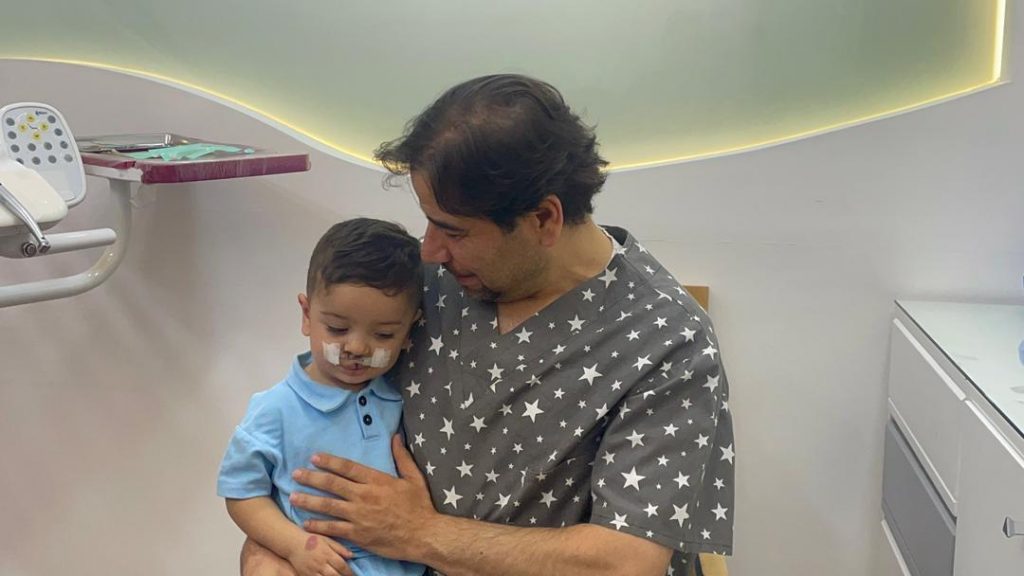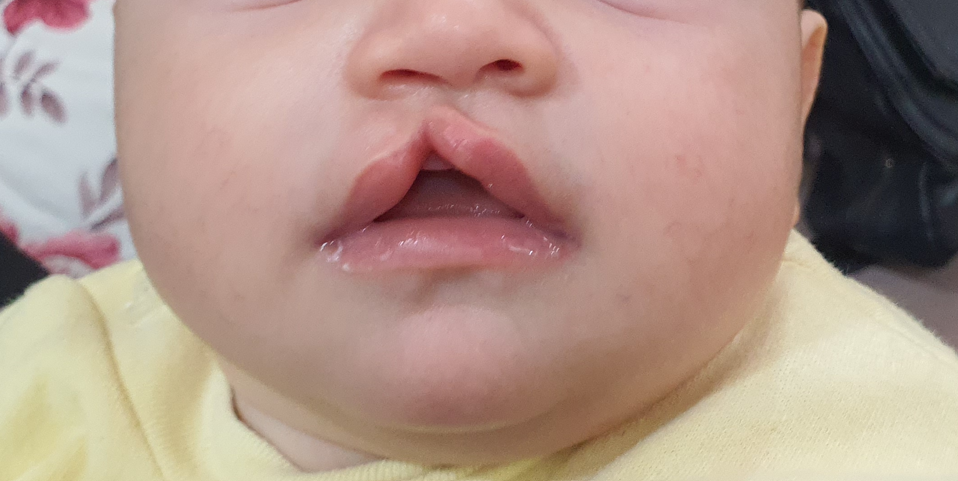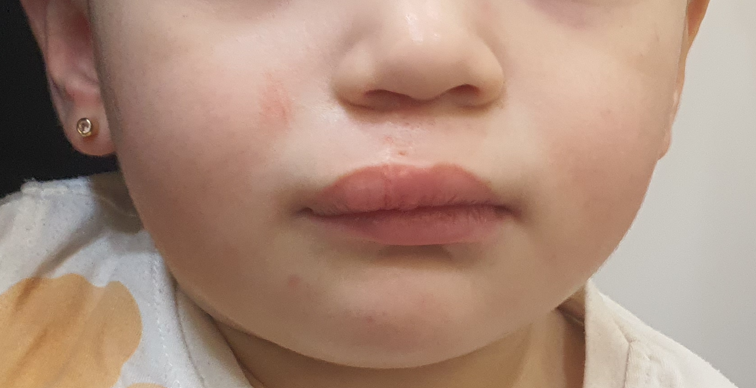Cleft lip and Palate Surgery.
Diagnosis, Causes, and Surgical Management
Cleft lip and palate are congenital craniofacial anomalies that manifest as a visible separation in the upper lip, alveolar ridge, and/or the roof of the mouth (palate). These clefts may appear:
On one side (unilateral) or both sides (bilateral).
As complete defects extending through the entire palate.
Or as partial clefts affecting only a PART of the palate.
The severity and configuration of the cleft vary from case to case, requiring individualized assessment and treatment planning.

Etiological Factors
The development of cleft lip and/or palate is multifactorial, involving both genetic predisposition and environmental influences. Contributing factors may include:

We’re Ready To Make A Great Experience
The only effective treatment for cleft lip and palate is surgical intervention, performed in multiple stages depending on the complexity of the case. The surgical plan typically includes:
Primary lip repair.
Palatal reconstruction.
Alveolar cleft closure.
Orthognathic or aesthetic revision surgery, if needed.
NASAL CORRECTIONS
All procedures are conducted under general anesthesia in a hospital setting. Postoperative hospitalization usually lasts 24 hours per procedure.
Children born with cleft lip and/or palate often face:
Speech and articulation difficulties.
Facial asymmetry, which may affect self-esteem.
Social withdrawal, stemming from peer rejection or communication challenges.
Early psychological support and speech therapy are essential to prevent long-term emotional and behavioral complications.
If your child has been diagnosed with a cleft condition, we encourage you to reach out to our specialized team. Together, we can:
Develop a comprehensive surgical and rehabilitative plan.
Support your child’s integration into society.
Ensure a healthy, confident future that mirrors the lives of their peers.
Befor & After
Case1


